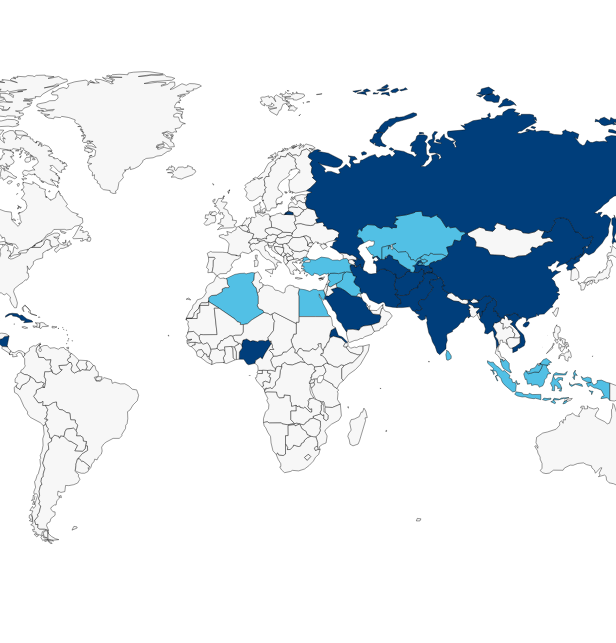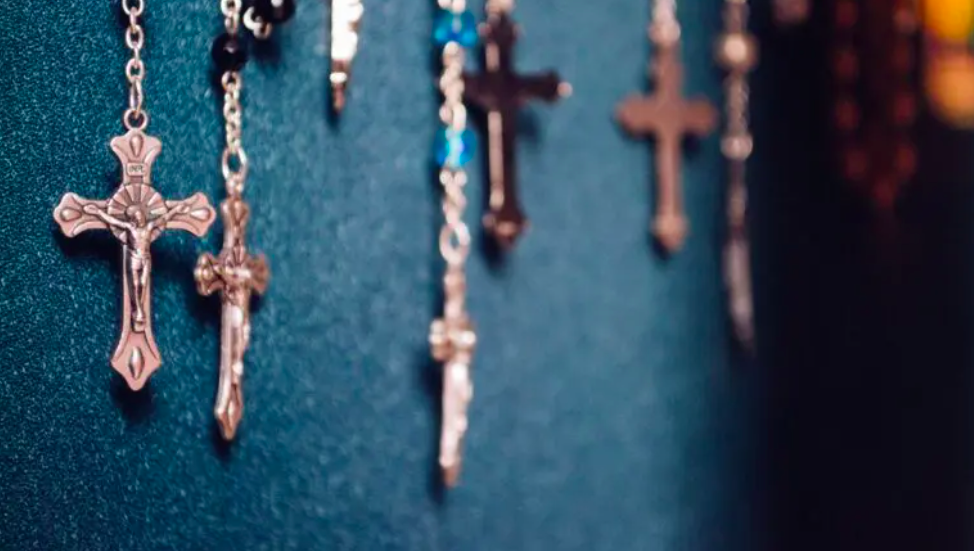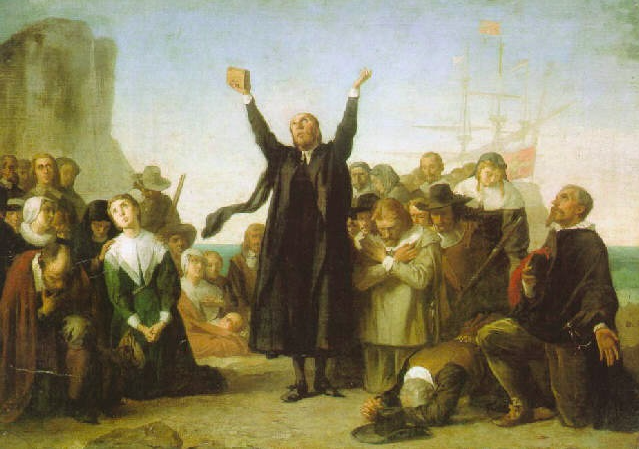By: Brian Grim
As houses of worship, sacred places and other religious properties are demolished by governments worldwide—including the Wenzhou Sanjian Church—authorities might want to consider the economic benefits they are loosing by such actions. For instance, a recent study of 12 houses of worship in just one city (Philadelphia) shows that they annually contribute $52 million in economic benefits and services to the city and its people. And another study shows that religious freedom contributes to economic growth and global competitiveness.
Indeed, while the socio-economic benefits of houses of worship have been shown, the costs of their demise, while real, go unmeasured as China—one of the world’s emerging and leading economies—experiences a wave of such demolitions.
For instance, Wenzhou’s Sanjian Church in China’s east coast province of Zhejiang was demolished on April 29, 2014, right before the completion of its construction.
In this photo, the left side shows the start of demolition on April 28, and the right side shows the debris left the following day. Authorities cited zoning violations as the reason for the demolition, while other reports suggest that it was part of a move to limit the conspicuous visibility of places of worship. For instance, more recent reports indicate that the campaign includes removal of crosses atop another Wenzhou churches.
A recent Fact-Tank analysis by Pew Researcher Peter Henne documents that “governments damaged the property of religious groups in 34 countries around the world in 2012 … [and although] such actions were most common in the Middle East-North Africa region (in seven of 20 countries in that region), property was damaged by governments in every region of the world.”
Countries with most documented cases were Russia, China and Tajikistan, where more than 100 properties were damaged or destroyed in each during 2012.
The Study: Determining the Economic Halo Effect of Historic Congregations
A study of the economic contributions of houses of worship was carried out by Partners for Sacred Places and Prof. Ram Cnaan at the University of Pennsylvania School of Social Policy and Practice in 2010. They found that the 12 congregations examined contribute $52 million in annual economic value to the city of Philadelphia, for an average of $4.3 million per congregation.
The study assessed over 50 different factors and found that congregations serve as critical economic catalysts. The study categorized the dozens of ways congregations benefit their communities in three broad areas:
-
direct spending ($28 million)
-
the value of day care and K-12 educational programs ($8.6 million)
-
a range of catalyzing or leveraging economic values, such as Open Space, Magnet Effect, Individual Impact, Community Development and Invisible Safety Net ($15 million).
The study observed that congregations provide clear economic value in a number of ways, including being: important employers, purchasers of local, goods and services magnets for bringing in cash, volunteer time and other resources from outside the city, educators of pro-social values, providers of important value through the ‘invisible safety net’ of programs, counseling, and other services that help individuals and families be productive workers and citizens.
The researchers suggest that the results can help guide decisions by community and business leaders as they consider policies and investments. For instance, the tourism sector should pay attention to how places of worship and other religious properties attract travelers regionally and nationally. And those wanting to strengthen commercial activities would benefit from understanding how the people attracted to these congregations support local businesses and how congregations incubate small enterprises. Furthermore, some congregations in effect manage mid-size urban parks that contribute the the economic and environmental well-being of the city and region.
Case Study: BBC Reports on Savings Due to Church Keeping People Out of Prison
The BBC’s Robert Piggot suggests that Rev. Wilson Goode’s “Amachi” prison-mentoring scheme could save American taxpayers millions. Goode’s church, the First Baptist Church of Paschall in south-west Philadelphia, is one of the 12 included in the study. Piggot notes that it takes $35,000/year to keep a prisoner behind bars in Philadelphia, a city that spends more on its prisons than it does on its schools.
Amachi’s volunteers help turn the generational cycle of crime by mentoring the children of prisoners. “I’m here on behalf of your children”, he tells inmates at a prison in north Philadelphia, “because if we do nothing, 70% of them will end up in jail themselves.” “Amachi” is a Nigerian Ibo word that means “Who knows but what God has brought us through this child.” Amachi began in Philadelphia in September 2000 with funding from Pew Charitable Trusts as a partnership between Public/Private Ventures (P/PV) and Big Brothers Big Sisters of Southeastern Pennsylvania.
Philadelphia Inquirer reporter David O’Reilly, summarized the additional social and economic benefits of places of worship with a series of questions: “What is the dollar value of a marriage saved? A suicide averted? An addiction conquered? A teenager taught right from wrong? In short: What is a church’s economic worth to the community it serves?”
O’Reilly concludes quoting Robert Jaeger, executive director of the research group Partners for Sacred Places, noting that the “study shows the contribution of religious congregations to be 20 to 30 times bigger than we knew. … It will give congregations dozens of new ways to articulate their value, broaden their constituencies, and survive and grow.” All this could have important and under-recognized impact on economic growth and competitiveness, according to recent studies:
Religious freedom is one of only three factors significantly associated with global economic growth, according to a new study by researchers at Georgetown University’s Religious Freedom Project and Brigham Young University. The study looked at GDP growth for 173 countries in 2011 and controlled for two-dozen different financial, social, and regulatory influences.
Religious investors, in economic terms the third largest group to invest on the world’s stock markets, can post high placement profits and remain faithful to their religious creed, as reported by the Academy of Business in Society in the study, From Stewardship to Power: Religious Organizations and their Investment Potentials.
Brian J. Grim is president of the Religious Freedom & Business Foundation and a leading expert on the socioeconomic impact of restrictions on religious freedom and international religious demography.
This piece was originally authored on July 14, 2014 for the Weekly Number blog, then published on July 17, 2014 for the Religious Freedom Project at Georgetown’s Berkley Center for Religion, Peace, and World Affairs.
THE RFI BLOG

Myths of Religious Nationalism in America and Abroad

France’s Olympic Hijab Ban Violates International Law And Exacerbates Tensions

RFI Briefs USCIRF on Lessons from 25 Years of U.S. Designating Religious Freedom Violators

Thought Police: Protecting the People from Prayer

A Religious “Delaware”: Establishing a State Haven for Religious Corporations
CORNERSTONE FORUM

Challenges to Religious Freedom in Iraq and the Critical Need for Action

Public Bioethics & the Failure of Expressive Individualism

Religious Liberty in American Higher Education

Scotland’s Kate Forbes and the March of Secularism


